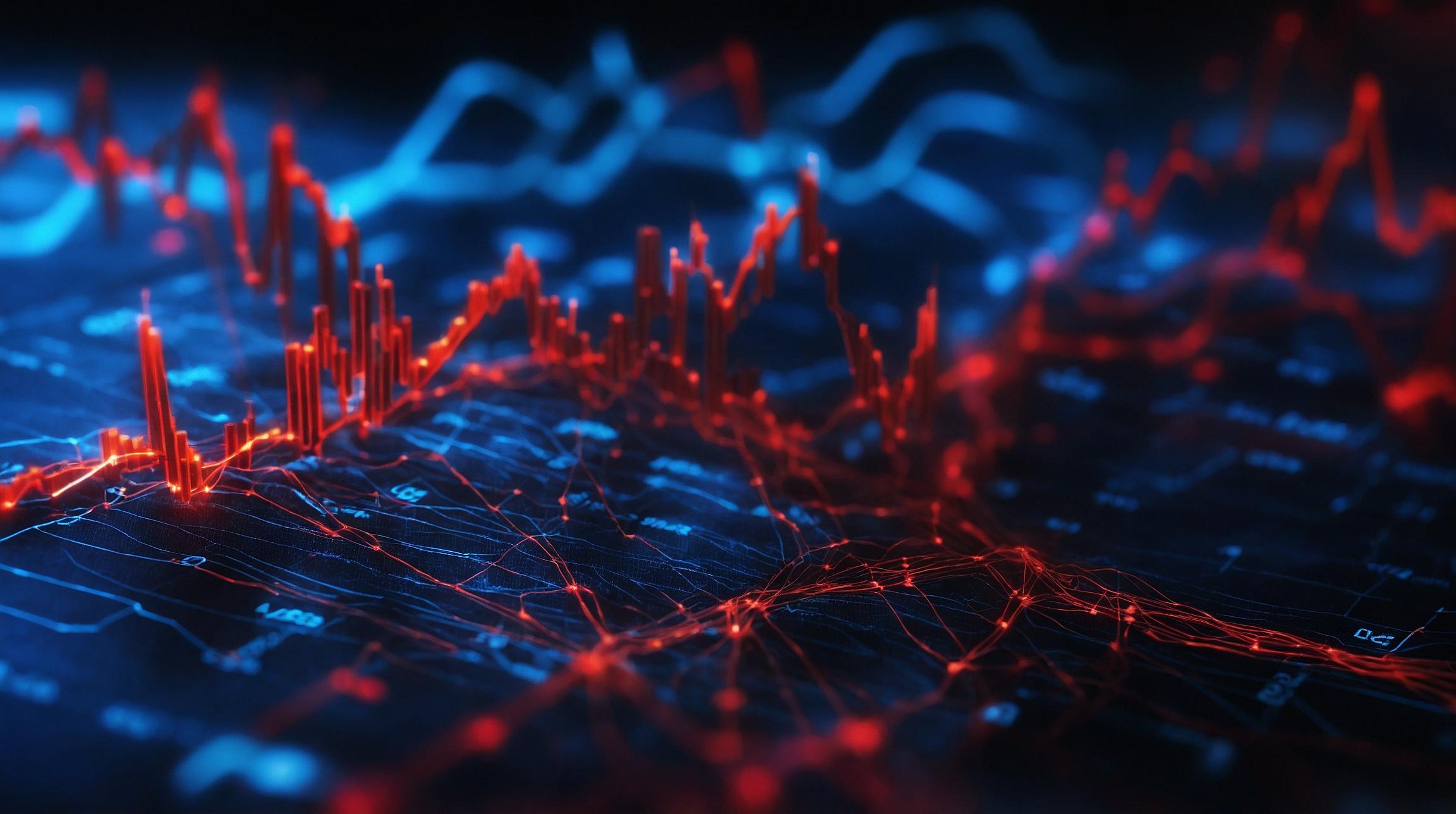Akira Ransomware Operation: A Global Threat with a $42 Million Toll
Since its emergence in March 2023, the Akira ransomware operation has swiftly gained notoriety by breaching the networks of over 250 organizations worldwide, amassing approximately $42 million in ransom payments. This sophisticated cyber-attack mechanism has targeted various industry verticals, causing significant disruption and financial losses across North America, Europe, and Australia.
Highlighting the sophistication of this ransomware operation, developers introduced a Linux encryptor in June 2023, specifically designed to target VMware ESXi virtual machines—a critical component in many enterprise organizations. The choice of target underscores the operation’s strategic approach to maximize impact by disabling core infrastructure services within affected organizations.
Ransom demands from the Akira operators have been steep, ranging from $200,000 to millions of dollars, depending on the size and perceived ability to pay of the compromised organization. As the operation continues to evolve, the financial and operational impacts on its victims are expected to escalate.
Among the notable victims of Akira ransomware are Nissan Oceania and Stanford University. Nissan Oceania fell prey in March, resulting in a data breach affecting 100,000 individuals. Meanwhile, Stanford University experienced a breach that compromised the personal information of 27,000 individuals. These high-profile incidents underscore the broad reach and indiscriminate nature of Akira ransomware attacks.
The ransomware group has exploited its momentum to build a dark web leak website, listing over 230 organizations since its inception. This tactic not only increases pressure on victims to comply with ransom demands but also serves as a grim reminder of the operation's capabilities and intentions.
To combat the rising threat of Akira ransomware, network defenders are encouraged to implement a series of mitigation strategies. Prioritizing the patching of exploited vulnerabilities, enforcing multifactor authentication (MFA) with strong passwords, and keeping software regularly updated are key recommendations. Moreover, conducting vulnerability assessments has been highlighted as a crucial component of effective security protocols.
Adding an additional layer of defense, the advisory provides Akira indicators of compromise (IOCs) and detailed analysis on the tactics, techniques, and procedures (TTPs) identified during investigations by the FBI. These insights form the basis of strongly recommended mitigations aimed at reducing the likelihood and impact of future ransomware incidents.
The Akira ransomware operation represents a significant and evolving threat to global businesses and critical infrastructure. As the number of affected organizations and the financial toll continue to rise, the importance of robust cybersecurity measures has never been clearer. Organizations are urged to heed the advisories and strengthen their defenses against this and similar cyber threats.
Analyst comment
Negative news:
The Akira ransomware operation has become a global threat, targeting over 250 organizations and accumulating $42 million in ransom payments. It has caused significant disruption and financial losses across multiple industries and regions. The developers introduced a Linux encryptor to specifically target critical infrastructure services, further maximizing the impact on affected organizations. Ransom demands have been high, ranging from $200,000 to millions of dollars. The financial and operational impacts are expected to escalate as the operation evolves.
As an analyst, the market can expect an increased urgency for organizations to strengthen their cybersecurity measures and invest in robust defense systems to protect against ransomware attacks. This could lead to a growing demand for cybersecurity solutions and services, benefiting companies operating in this sector.













